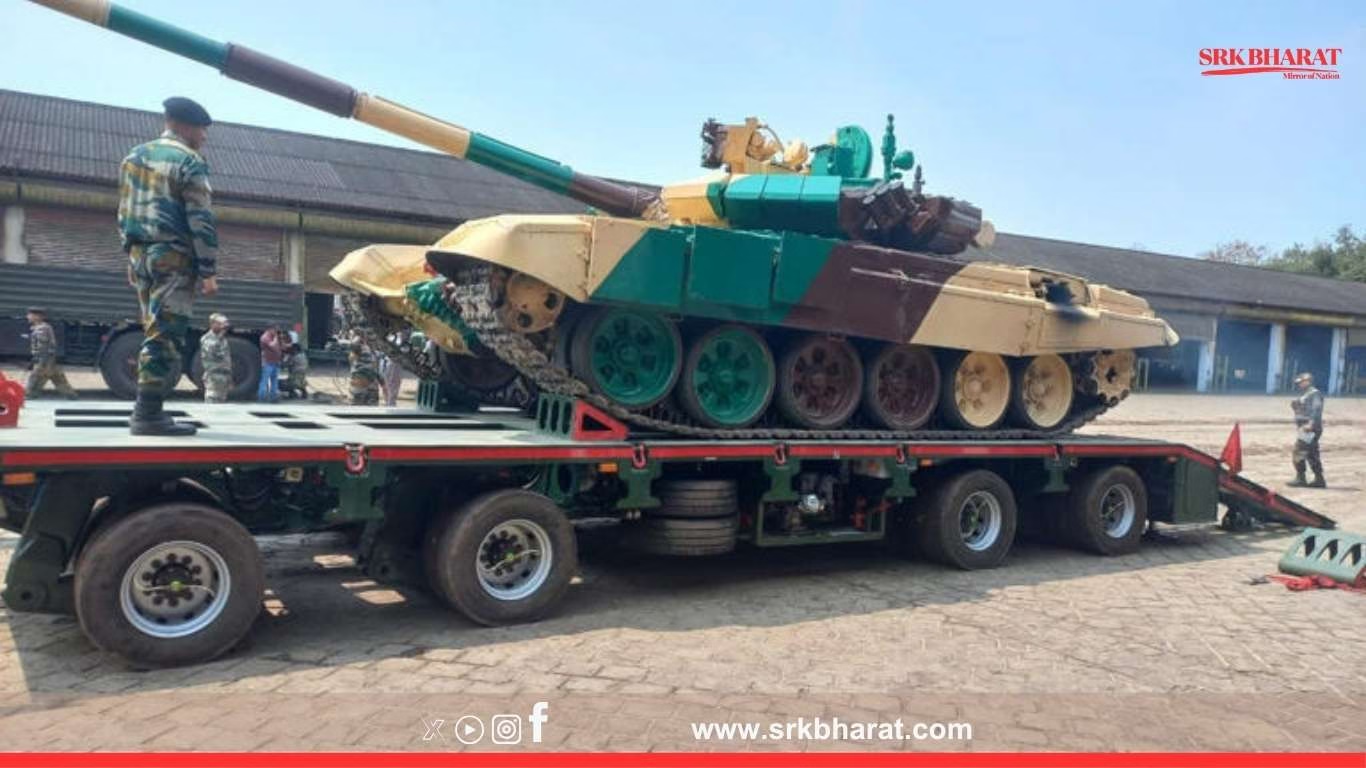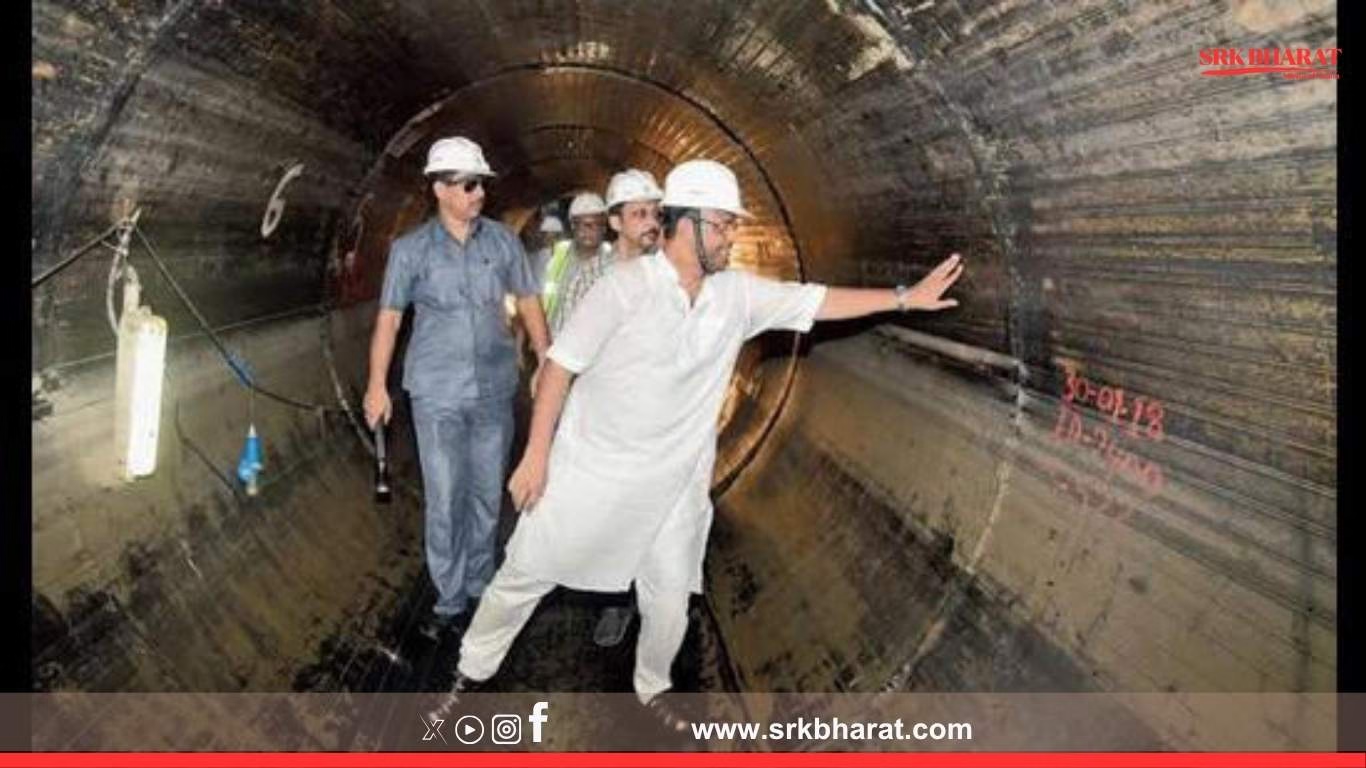In a significant step towards rejuvenating the heavily polluted Yamuna River, the Delhi government has announced a comprehensive plan to double the national capital’s sewage treatment capacity over the next three years. The decision, which forms a crucial part of the Delhi Jal Board’s (DJB) ongoing Yamuna Action Plan, is aimed at reducing untreated wastewater discharge into the river by modernising infrastructure and enforcing stringent pollution control measures.
Why This Move Matters
The Yamuna River, which flows through Delhi, has been classified as one of India’s most polluted water bodies. Over 70% of pollution in its Delhi stretch originates from untreated or partially treated domestic sewage. With the city’s population nearing 20 million, the existing sewage treatment plants (STPs) have struggled to cope with rising wastewater generation.
Currently, Delhi has a sewage treatment capacity of around 2,784 million litres per day (MLD) but operates at a functional efficiency of less than 60% in several zones due to ageing plants, infrastructural gaps, and inadequate sewerage connectivity.
Key Components Of The Plan
The Delhi government, under Chief Minister Arvind Kejriwal’s leadership, will undertake the following strategic interventions:
- Expansion of Treatment Capacity
- Increase cumulative STP capacity from 2,784 MLD to approximately 5,600 MLD by 2027.
- Construct new STPs in key locations including Okhla, Kondli, and Rithala to handle untreated waste inflow.
- Upgradation Of Existing Plants
- Retrofit old STPs with advanced tertiary treatment technologies to achieve pollutant removal efficiency above 90%.
- Implement nutrient removal mechanisms to prevent ammonia and phosphate discharge into the Yamuna.
- Network Expansion
- Lay new sewer lines to connect unsewered colonies in East, North-East, and South Delhi.
- Increase household sewage connectivity coverage from the current 65% to above 90%.
- Decentralised Treatment Systems
- Establish mini-STPs in unauthorised colonies, industrial clusters, and rural pockets for local treatment before discharge.
- Strict Industrial Compliance
- Enforce zero liquid discharge (ZLD) norms on polluting industries in Delhi’s river basin zone to curb hazardous effluents.
Environmental Impact Expected
The government claims that these measures will:
- Reduce biochemical oxygen demand (BOD) levels in treated effluents to below 10 mg/litre.
- Improve dissolved oxygen (DO) levels in Yamuna, crucial for aquatic life restoration.
- Mitigate foul odour and water toxicity in the river’s Delhi stretch, enabling safer human interaction and revival of biodiversity.
Cost Estimates & Funding Mechanism
The estimated investment for doubling sewage treatment capacity is projected at over ₹6,500 crore, with funding from:
- Delhi government’s budgetary allocation
- Financial assistance under the Namami Gange and Yamuna Action Plan
- Potential multilateral loans for STP modernisation and sewerage expansion projects
Challenges Ahead
Despite the ambitious plan, environmental experts have raised concerns:
- Land acquisition constraints in dense urban pockets for STP construction.
- Operational efficiency gaps due to poor maintenance and skilled manpower shortages in existing plants.
- Behavioural challenges including lack of public awareness on sewage disposal and waste segregation, which impacts treatment processes.
Progress Tracker For Key Projects
| Project/Zone | Current Capacity (MLD) | Planned Capacity Post Upgrade (MLD) | Completion Target |
|---|---|---|---|
| Okhla STP | 564 | 1,364 | December 2025 |
| Kondli STP | 480 | 857 | March 2026 |
| Rithala STP | 182 | 448 | June 2026 |
| Coronation Pillar STP | 318 | 318 (upgradation only) | October 2025 |
| Yamuna Vihar STP | 45 | 45 (modernisation) | April 2026 |
What Officials Are Saying
Delhi Jal Board Vice Chairperson Somnath Bharti noted that while sewage treatment expansion is central, holistic river rejuvenation requires effective solid waste management, drainage reforms, and public participation in pollution prevention.
Chief Minister Kejriwal termed it as “Delhi’s resolve to ensure Yamuna’s revival for future generations.” He emphasised that “this is not just an infrastructure project but a mission to restore the city’s lifeline.”
Expert Opinions
Environmental policy experts from the Centre for Science and Environment (CSE) welcomed the announcement but flagged persistent systemic issues:
- Water supply-demand mismatch: Treated wastewater reuse in horticulture, industry, and groundwater recharge must be integrated to reduce extraction stress.
- Sludge management: Safe disposal and reuse of sludge from STPs remain neglected despite its potential for energy and fertiliser applications.
- Governance coordination: River rejuvenation requires synergy between DJB, municipal corporations, Delhi Pollution Control Committee, and the National Mission for Clean Ganga.
Citizen Impact & Benefits
If executed effectively, the plan will:
- Enhance water quality for religious and recreational uses in Yamuna.
- Reduce health risks linked to open drains and polluted water exposure in adjacent colonies.
- Improve aesthetics of riverfront areas, boosting tourism and urban living standards.
Conclusion
Delhi’s plan to double its sewage treatment capacity stands as one of India’s largest urban wastewater initiatives. Its success will depend on technological upgrades, strict execution, community participation, and inter-agency cooperation to convert the vision of a clean, free-flowing Yamuna into reality.
Disclaimer
This article is for informational purposes only. The projections, plans, and timelines mentioned are based on government announcements and may change based on administrative approvals, environmental clearances, or funding constraints. Readers are advised to follow official government releases for final project details and implementation updates.











